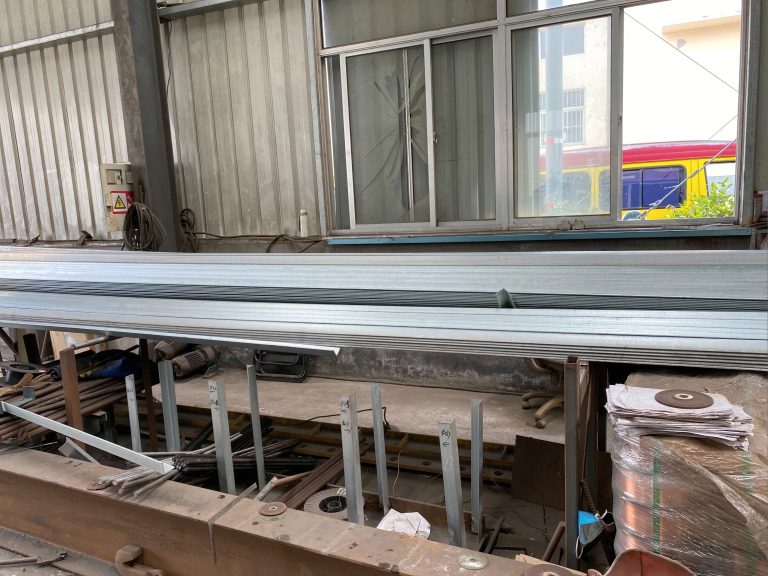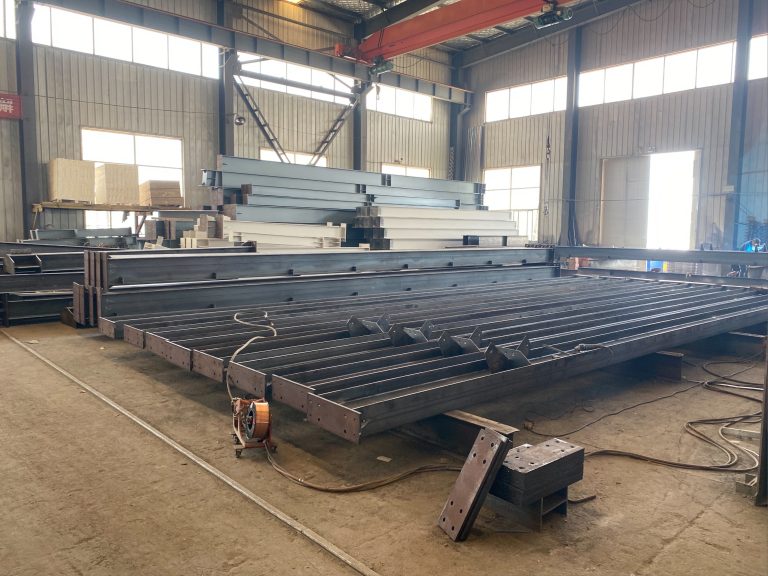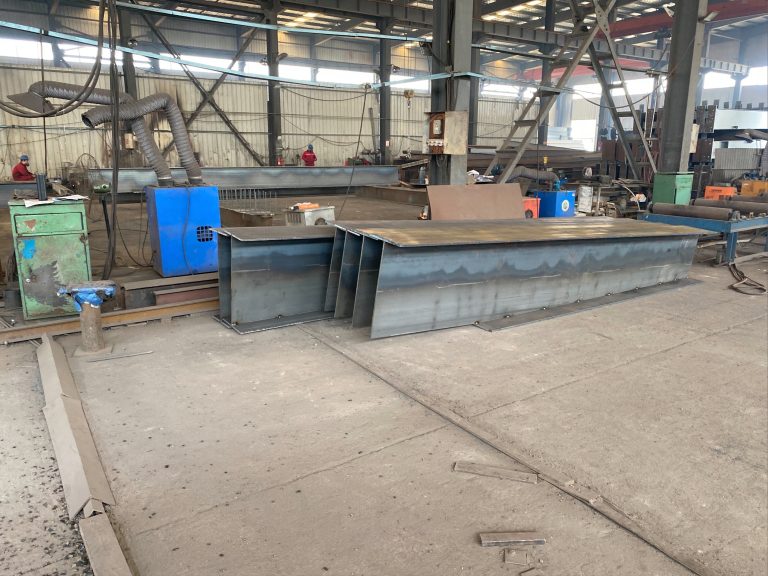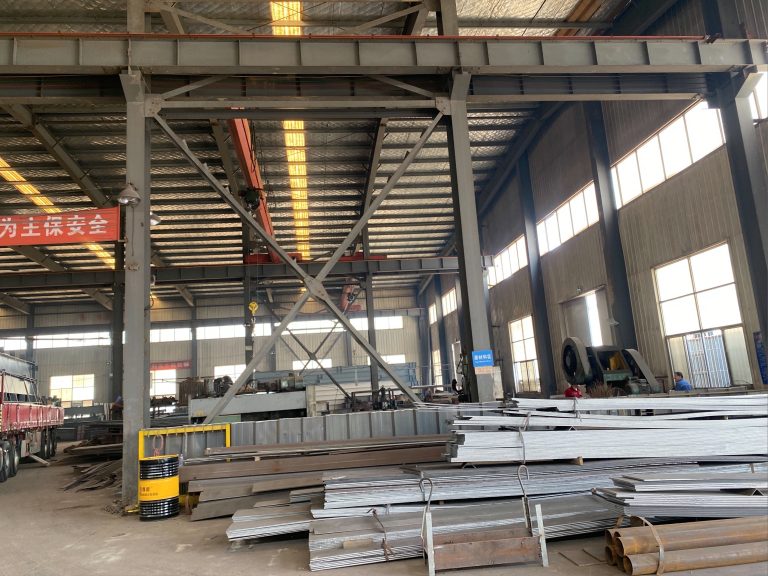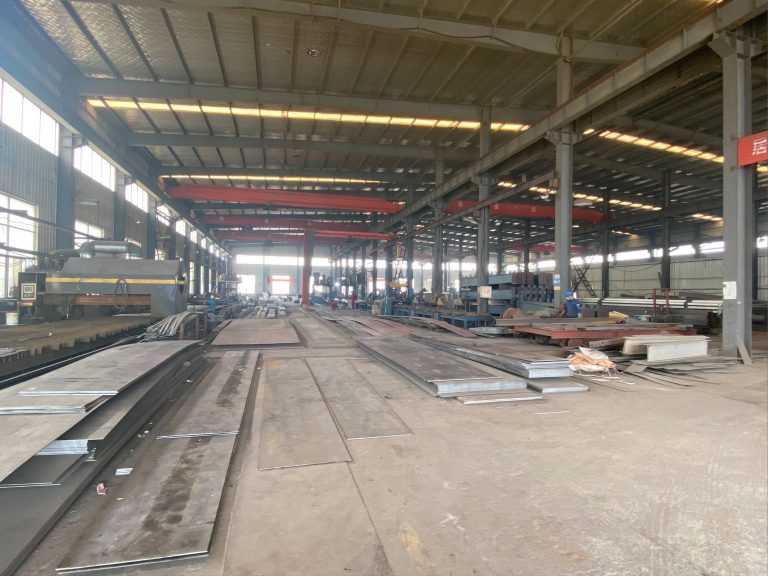Technical parameters and application instructions of fireproof rock wool board in building sound insulation.
Table of Contents
Technical Parameters of Fireproof Rock Wool Board for Building Sound Insulation
Fireproof rock wool board is a popular choice for building sound insulation due to its excellent thermal and acoustic properties. When considering the technical parameters of fireproof rock wool board, it is important to understand how these parameters impact its performance in sound insulation applications.
One of the key technical parameters to consider is the density of the fireproof rock wool board. Density plays a crucial role in determining the sound absorption and thermal insulation capabilities of the material. Generally, higher density rock wool boards offer better sound insulation performance compared to lower density boards. It is recommended to choose a fireproof rock wool board with a density of at least 80 kg/m3 for optimal sound insulation results.
Another important technical parameter to consider is the thickness of the fireproof rock wool board. The thickness of the board will impact its ability to absorb sound waves and reduce noise transmission. Thicker boards are more effective at blocking sound compared to thinner boards. It is advisable to select a fireproof rock wool board with a thickness of at least 50mm for effective sound insulation in buildings.
In addition to density and thickness, the thermal conductivity of the fireproof rock wool board is also a critical technical parameter to consider. Low thermal conductivity indicates better thermal insulation performance, which is essential for maintaining a comfortable indoor environment and reducing energy consumption. It is recommended to choose a fireproof rock wool board with a thermal conductivity of less than 0.044 W/mK for optimal thermal insulation benefits.
Furthermore, the fire resistance rating of the fireproof rock wool board is an important technical parameter to consider, especially in building applications where fire safety is a priority. Fireproof rock wool boards are classified based on their fire resistance performance, with higher ratings indicating better fire protection capabilities. It is advisable to select a fireproof rock wool board with a fire resistance rating of at least A1 or A2 for enhanced fire safety in buildings.
When it comes to the application instructions of fireproof rock wool board in building sound insulation, there are several key considerations to keep in mind. Firstly, it is important to ensure that the fireproof rock wool boards are properly installed to maximize their sound insulation performance. Boards should be tightly fitted together without any gaps or overlaps to prevent sound leakage.
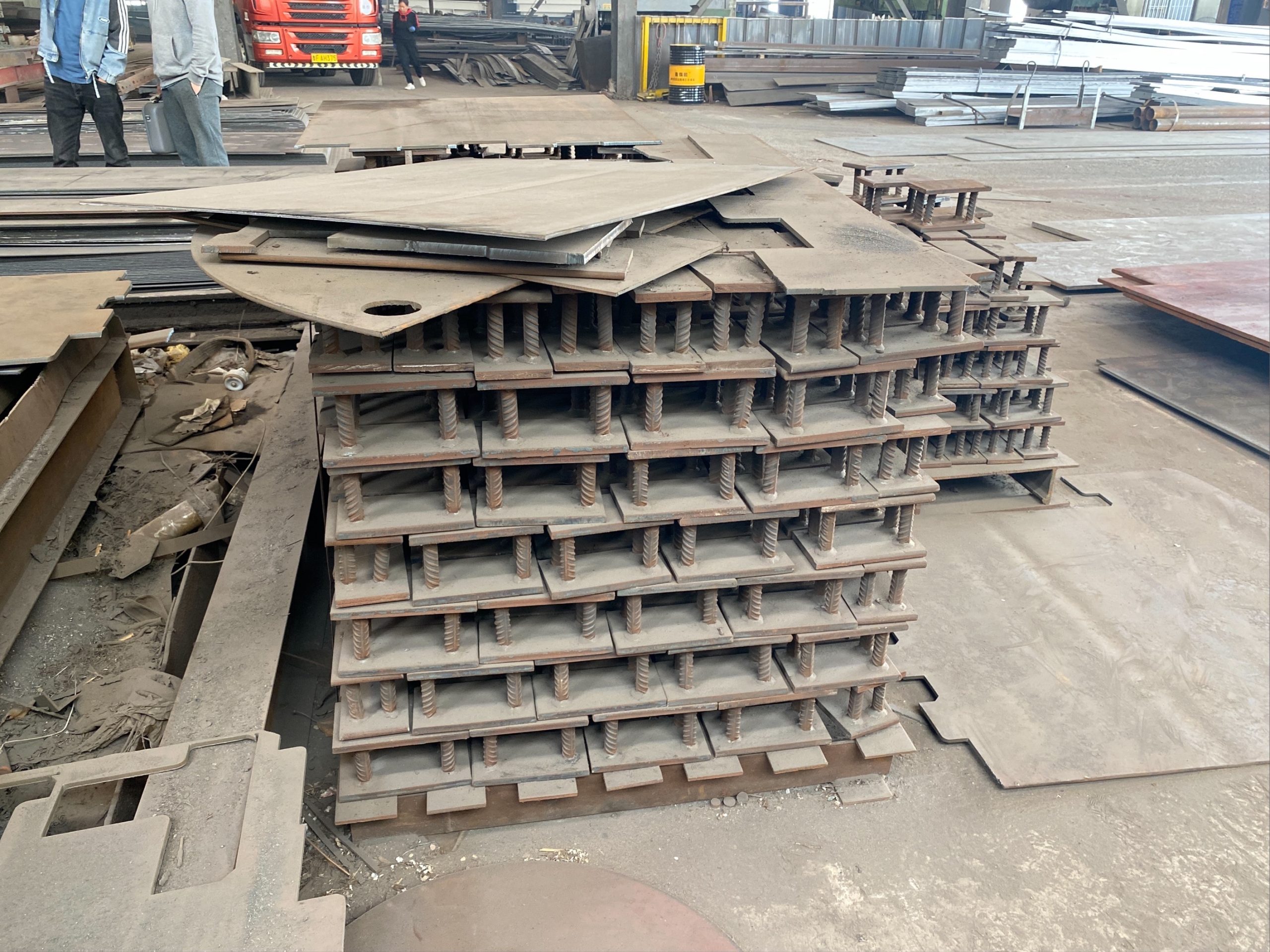
Additionally, it is recommended to use adhesive or mechanical fixings to secure the fireproof rock wool boards in place and prevent them from shifting or falling. Proper installation techniques will ensure that the boards effectively block sound transmission and create a quieter indoor environment.
In conclusion, understanding the technical parameters and application instructions of fireproof rock wool board is essential for achieving optimal sound insulation performance in buildings. By selecting boards with the right density, thickness, thermal conductivity, and fire resistance rating, and following proper installation techniques, it is possible to create a quieter and more comfortable living or working environment. Fireproof rock wool board is a versatile and effective solution for building sound insulation, providing both acoustic and thermal benefits for improved indoor comfort and safety.
Application Instructions for Fireproof Rock Wool Board in Building Sound Insulation
Fireproof rock wool board is a popular choice for building sound insulation due to its excellent fire resistance and thermal insulation properties. When properly installed, it can effectively reduce noise transmission between rooms and provide a comfortable living or working environment. In this article, we will discuss the technical parameters and application instructions of fireproof rock wool board in building sound insulation.
First and foremost, it is important to understand the technical parameters of fireproof rock wool board before installing it in your building. The density of the board plays a crucial role in its sound insulation performance. Typically, a higher density board will provide better sound insulation properties. The thickness of the board is also important, as thicker boards can absorb more sound waves and reduce noise transmission effectively.
In addition to density and thickness, the thermal conductivity of the board should also be considered. A lower thermal conductivity value indicates better thermal insulation properties, which can help reduce energy consumption and improve the overall comfort of the building. It is recommended to choose fireproof rock wool boards with a thermal conductivity value of less than 0.044 W/mK for optimal performance.
When it comes to application instructions, proper installation is key to achieving the desired sound insulation results. Before installing the fireproof rock wool board, make sure to clean the surface of the wall or ceiling to remove any dust or debris. This will ensure a smooth and secure installation.
Next, measure and cut the fireproof rock wool board to fit the dimensions of the wall or ceiling. It is important to leave a small gap between the board and the surrounding walls to allow for expansion and contraction. Secure the board in place using adhesive or mechanical fasteners, making sure to seal any gaps or joints to prevent air leakage.
For optimal sound insulation performance, it is recommended to install multiple layers of fireproof rock wool board with staggered joints. This will help reduce sound transmission through the walls or ceiling and improve the overall acoustics of the space. Additionally, adding a layer of gypsum board or other finishing material over the fireproof rock wool board can further enhance the sound insulation properties.
In conclusion, fireproof rock wool board is an effective solution for building sound insulation due to its excellent fire resistance and thermal insulation properties. By understanding the technical parameters and following the application instructions outlined in this article, you can achieve optimal sound insulation results in your building. Remember to choose the right density, thickness, and thermal conductivity values for the board, and ensure proper installation for maximum effectiveness.

